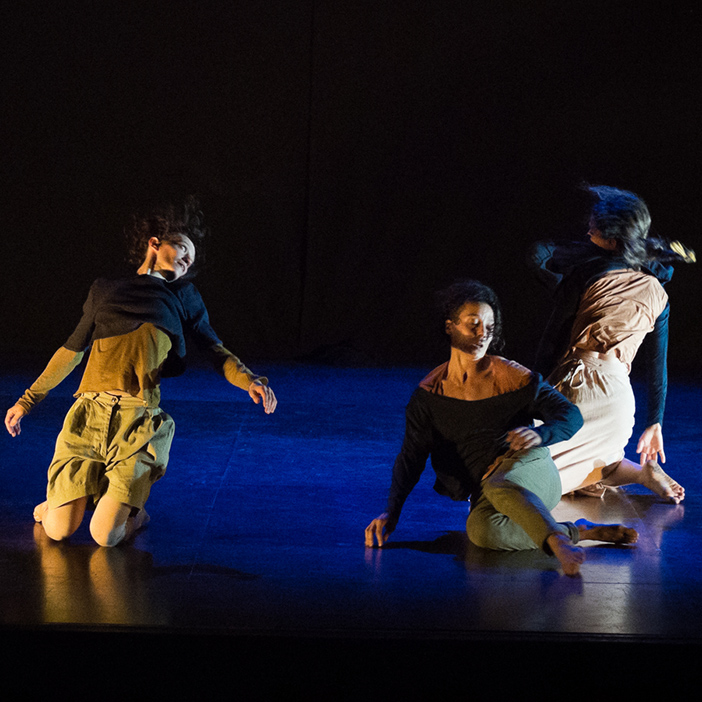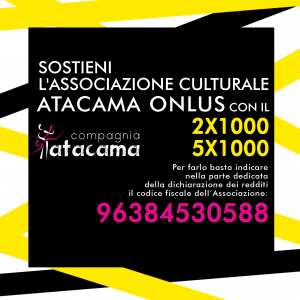A show like “Migrants”, by Atacama Dance Company, proposes interesting ideas for reflection, and not just because the title itself declares a commitment to a social cause.
Social commitment is frequent in theatre, though most of the time such frequency ends up in sterile rhetoric, which is doubtfully useful in terms of artistic results.
The work by Atacama – historic Dance Company based in Rome – immediately strikes with its thorough immunity from rhetoric, especially thanks to the independency of body language as compared with the word. Obviously, verbal and literary creation does not necessarily lead to banality, nor does dance in itself guarantee pure art. On the contrary, each artistic language can either reach the top or stop at the halfway point. The summit, though, can only be reached through a hard and complex route, which must be enlightened by inspiration but also strictly examined by ethics, rejecting and punishing any shortcut.
That is why “Migrants” is a show that shall be recommended, not only on the basis of its genre, but also because it overcomes any particular partition with its clarity, showing the signs of rigour that are – or, at least, should be – well known by all artists and recognized by all the audience. The audience shouldrecognize it – we may be tempted to repeat, but those who watch “Migrants” find it difficult to ignore the presence of a long and tangible research process behind the choice of each movement, each bend and pose. And, even before the reflection on the topic of migration, the magma of senses unfailingly reaches any kind of audience, the same audience that will be delighted, the following day, by more commercial products and productions, and nonetheless will not be able to get distracted, at least for one night, during such an intense and fine show. However, this tiny drop of solemnity that is able to spring from human skills is like an isolated tree of hope that can only be nourished by art. It is the lesson of working on yourself, of self-improvement as a vocation that each person shall activate.
So, what is set before the audience’s eyes during the performance of “Migrants”? The mere stage, without any frills, is never empty. The four dancers cut and design space according to ever new formulae, or repeat captivating iterations. In the rare moments when they are not on the scene all together, the lighting design still catches the eye with strongly emotional colours. Blue and yellow-pink are often intertwined, inspiring the primary icon of water, from which boats come, and of sand, on which they perilously land. Above all, the dialectic of cuts, frontal scenes and backlight sets the succession of frames in accordance with an increasing quality of dramaturgy. Colour takes part in it as a language among languages. The original music composed by Epsilon Indi answers the call of such a chorus of signs, pacing the action of the body. The action itself is agitated and unravelled in a circular continuity, like the movement of tides, depicting the scene with solutions that are as mellow as paintings and have a liquid consistency. The diffuse colour of lights creates contrast, on the floor, with the costumes that often appear almost magically within movement and gestures.
The dancers’ bodies can intersect, forming a single organism and soon turning into a despairing and sprawling Babel creature. They can crumble into sand under the sun. They can assemble again, like a river bed for water, to drag themselves and overflow again. Their movements are incessant, illogical and inexplicable like the need of freedom.
Paolo Verlengia


